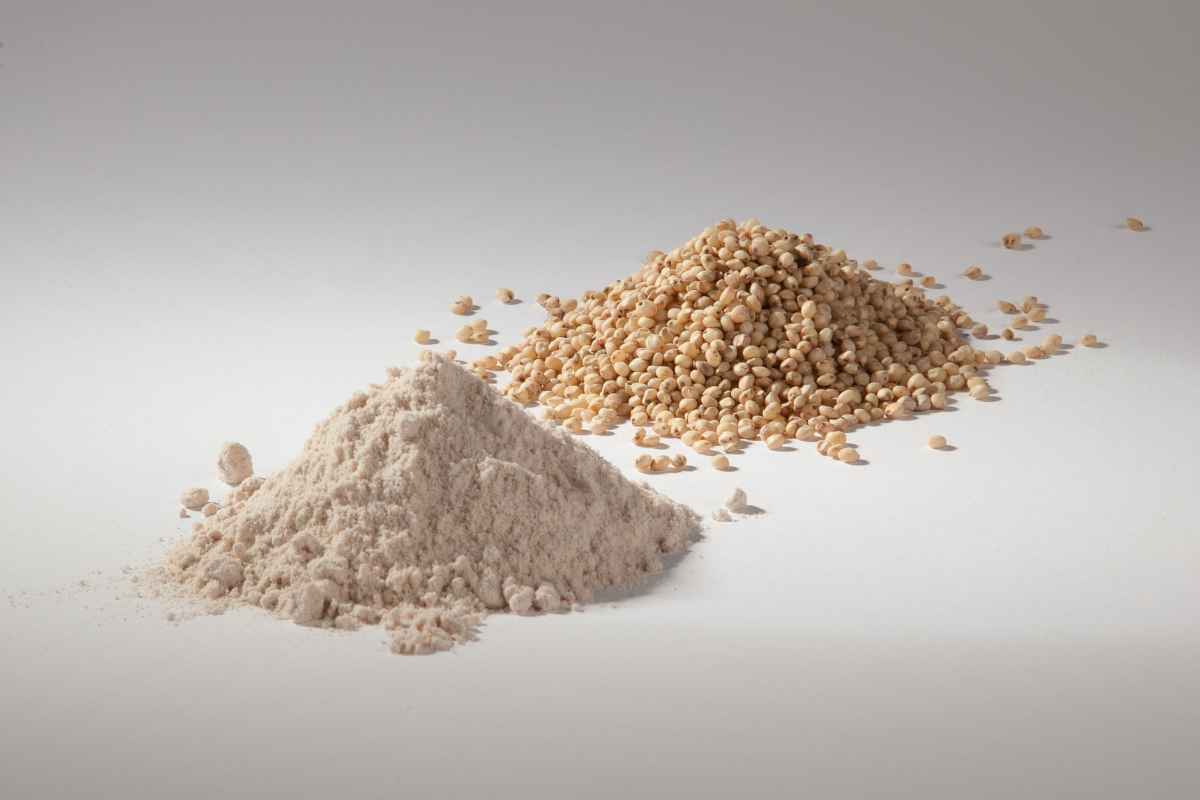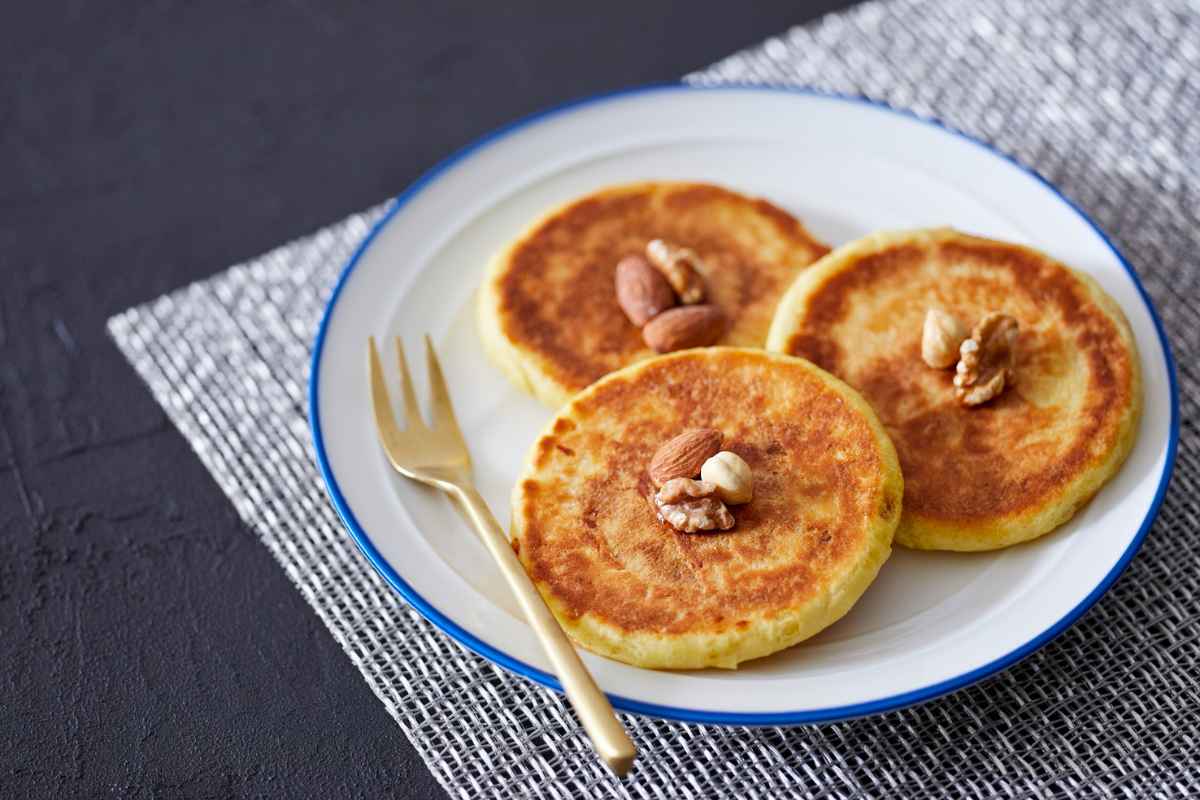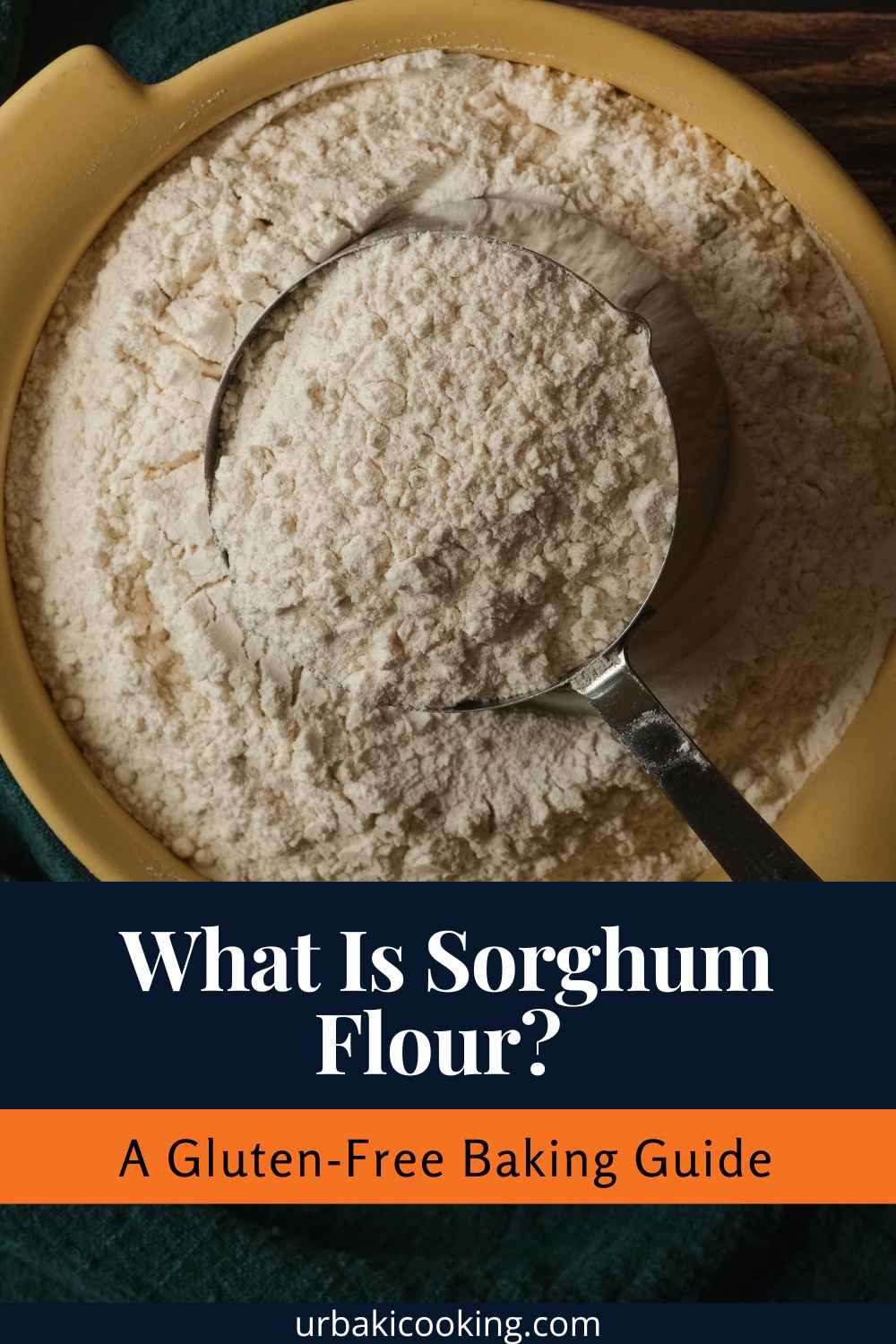What Is Sorghum Flour? A Gluten-Free Baking Guide

If you’ve recently embraced a gluten-free lifestyle or are simply exploring alternative flours for baking, sorghum flour is a fantastic option to consider.
This ancient grain flour is packed with nutrients, offers a mild flavor, and can enhance your gluten-free recipes in ways that few other flours can. In this guide, we’ll explore everything you need to know about sorghum flour and how to use it in your gluten-free baking.
What is Sorghum Flour?
Sorghum flour is made from ground sorghum grains, a cereal plant that has been grown for thousands of years. It belongs to the grass family, and its origins trace back to Africa.
While it's often considered a whole grain, sorghum flour retains its nutrient-rich qualities, offering a source of fiber, protein, and essential vitamins like B-vitamins and iron.
Unlike other gluten-free flours, sorghum flour has a subtle sweetness and slightly nutty flavor, which makes it an excellent choice for a wide range of baked goods.
It’s versatile, and its naturally mild flavor doesn’t overpower other ingredients, so it can be used in both savory and sweet recipes.

Why Should You Use Sorghum Flour?
There are plenty of reasons why sorghum flour deserves a spot in your pantry, especially if you are looking to cut gluten from your diet. Here are some key benefits of using sorghum flour in your baking:
1. Gluten-Free Alternative
For individuals with celiac disease or gluten sensitivity, sorghum flour provides a safe and delicious alternative to wheat flour.
It’s naturally gluten-free, which means it can be used in recipes to create a variety of baked goods without the risk of triggering gluten-related symptoms.
2. Nutrient-Rich
Sorghum flour is packed with protein, fiber, and antioxidants, making it a great addition to a healthy diet. The high fiber content promotes digestive health, while the protein helps support muscle recovery and general health.
Additionally, sorghum is a rich source of antioxidants, which help protect the body from oxidative stress and inflammation.
3. Mild Flavor
The neutral, slightly sweet flavor of sorghum flour means it won’t overpower your recipes. Whether you’re baking cookies, cakes, or making pancakes, you won’t get an overly grainy or bitter taste, which can sometimes happen with other gluten-free flours.
4. Versatile in Gluten-Free Baking
Sorghum flour works well as a base for gluten-free flour blends.
It can be used to replace a portion of wheat flour in recipes and can also be combined with other gluten-free flours such as rice flour, tapioca starch, or potato flour to create more complex blends that mimic the texture and structure of traditional wheat flour.

How to Use Sorghum Flour in Baking
Sorghum flour can be used in a variety of ways, and knowing how to incorporate it into your gluten-free recipes is key to successful baking. Here are some tips for using sorghum flour:
Combine with Other Gluten-Free Flours
While sorghum flour has great potential on its own, it is often best used in combination with other gluten-free flours to create well-rounded and balanced recipes.
It’s common to pair sorghum flour with flours like rice flour, almond flour, or tapioca starch to improve texture and add moisture.
For example, when making gluten-free bread, a combination of sorghum flour, tapioca flour, and xanthan gum can help create the right texture and hold. In gluten-free muffins or cookies, sorghum flour pairs well with rice flour for a soft and chewy result.
Use for Dense, Moist Baked Goods
Sorghum flour works best for creating dense and moist baked goods, such as brownies, cookies, and quick breads. It may not work as well in recipes that require a light, airy texture, like cakes or pancakes, unless combined with other flours or leavening agents.
For a banana bread or cornbread, sorghum flour adds a hearty, satisfying texture, making your baked goods more filling and nutritious. It also adds a slight natural sweetness, which enhances the flavors of fruits, nuts, and spices in your recipe.
Hydrate Properly
Because sorghum flour is high in fiber, it can absorb more moisture than traditional wheat flour. When baking with sorghum flour, you may need to adjust the amount of liquid in your recipes. This is especially important when making doughs or batters.
If you find that your dough feels too dry, simply add a little more liquid (such as water, milk, or a dairy-free alternative) until the dough reaches the desired consistency.
Sorghum Flour Recipes
Now that you understand how to use sorghum flour, it’s time to try some delicious recipes. Here are a few ideas to get you started:
1. Gluten-Free Sorghum Flour Pancakes
These fluffy and delicious pancakes are made with sorghum flour and offer a great gluten-free breakfast option. Combine sorghum flour with baking powder, salt, milk, and eggs for the perfect morning treat.

2. Sorghum Flour Chocolate Chip Cookies
Sorghum flour’s mild sweetness makes it a great choice for baking cookies. For a batch of chocolate chip cookies, simply replace all-purpose flour with sorghum flour. The cookies will be slightly denser but incredibly moist and flavorful.
3. Sorghum Flour Banana Bread
Banana bread is a popular option for gluten-free baking, and sorghum flour helps create a soft, moist loaf. Add mashed bananas, eggs, and a bit of vanilla extract to sorghum flour for a perfectly balanced bread that’s ideal for breakfast or an afternoon snack.
4. Sorghum Flour Brownies
Sorghum flour works wonderfully in rich, fudgy brownies. Use it as the base for a gluten-free treat, and enjoy the nutty flavor and moisture it adds to your brownies. Add dark chocolate and chopped nuts for extra flavor.

Sorghum Flour Storage and Shelf Life
To keep sorghum flour fresh, store it in an airtight container in a cool, dark place. Ideally, it should be used within six months of purchase for the best flavor and freshness.
If you don’t plan to use it all within that time, storing sorghum flour in the freezer can extend its shelf life by up to a year.
Is Sorghum Flour the Right Choice for Your Baking?
If you're looking for a nutritious, gluten-free flour that can replace wheat flour in a variety of baked goods, sorghum flour is an excellent option.
Its high fiber content, protein, and mild flavor make it a versatile ingredient that can be used in many recipes, from breads to cookies and more.
While it may not be the best choice for all types of baking, especially when light, airy textures are required, it shines in dense, flavorful baked goods.
Pairing it with other gluten-free flours and knowing how to adjust your liquids can ensure your gluten-free baking turns out delicious and satisfying.
Whether you are living gluten-free by choice or necessity, sorghum flour is a great addition to your pantry. It’s affordable, versatile, and packed with health benefits. So, go ahead, explore this gluten-free gem and let your creativity shine in the kitchen!
Enjoy Watching This Video with a Similar Recipe

Source: Sue Maree P
Did you find this post useful or inspiring? Save THIS PIN to your Cooking Board on Pinterest!


Other Recipes You’ll Love 😍